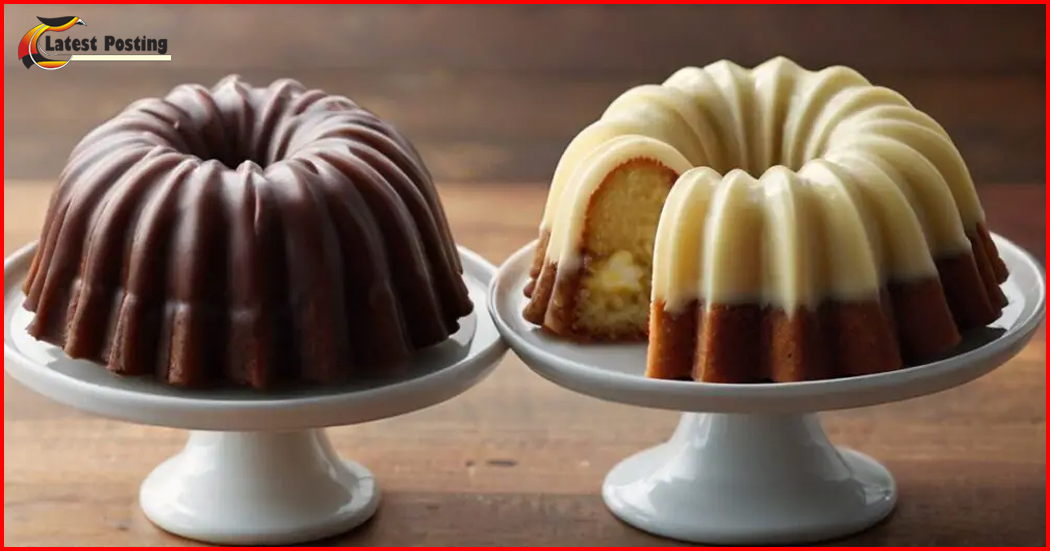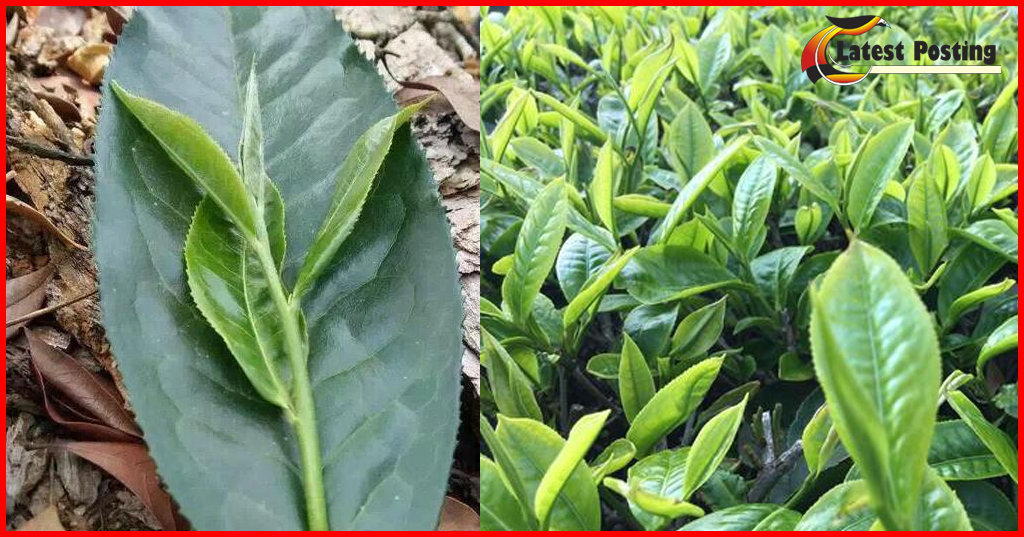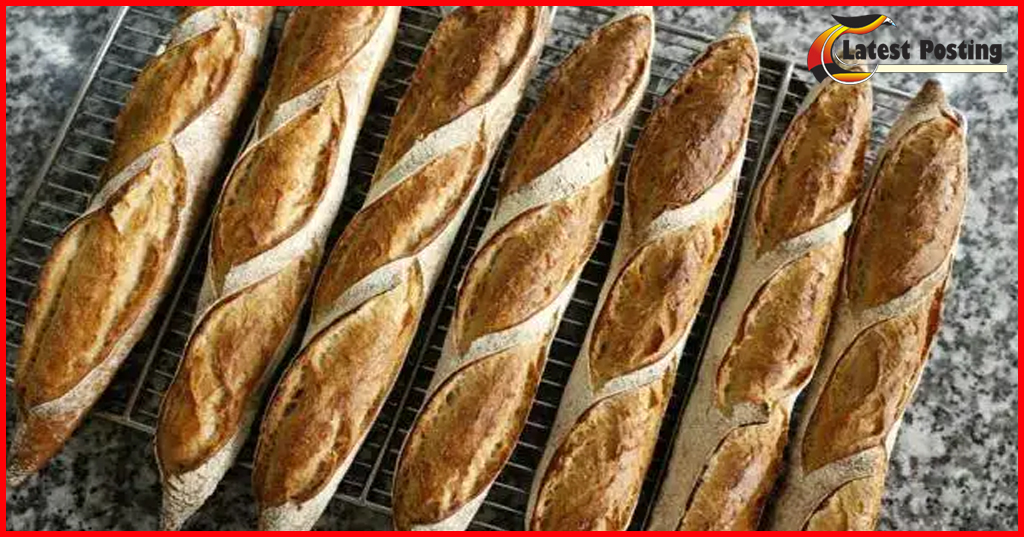Bundt Cake, with their distinct ring shape and decorative designs, have become a beloved dessert in many households around the world. These cakes are celebrated for their versatility, aesthetic appeal, and rich flavors. In this article, we will explore the origins, variations, baking techniques, and cultural significance of Bundt cakes, providing a comprehensive guide to everything you need to know about this delightful confection.
The Origin of Bundt Cake
The history of Bundt cakes is a fascinating tale that intertwines culinary traditions with cultural influences. The term “Bundt” is derived from the German word “bund,” which means a gathering or group, and it is believed that these cakes were traditionally made for social gatherings and celebrations.
The modern Bundt cake owes its popularity to a group of Jewish women from the Minneapolis chapter of Hadassah, who approached Nordic Ware in the early 1950s. They requested a pan similar to the European Gugelhupf or Bundkuchen molds they remembered from their childhoods. In response, Nordic Ware’s founder, H. David Dalquist, created the first aluminum Bundt pan, which he patented in 1950.

Despite its initial slow start, the Bundt pan gained widespread popularity in the 1960s when a Bundt cake recipe won second place in the annual Pillsbury Bake-Off. The Tunnel of Fudge Cake, created by Ella Helfrich, showcased the pan’s unique capabilities and sparked a nationwide interest. Today, Nordic Ware estimates that over 70 million Bundt pans are in use across American kitchens alone.
Varieties of Bundt Cake
Bundt cakes come in an array of flavors and styles, each offering a unique twist on the classic ring-shaped dessert. Here are some popular variations:
- Classic Vanilla Bundt Cake: Simple yet elegant, this cake features a rich, buttery vanilla flavor and a tender crumb. Often topped with a vanilla glaze or a dusting of powdered sugar, it is perfect for any occasion.
- Chocolate Bundt Cake: A chocolate lover’s dream, this cake is dense, moist, and intensely chocolaty. It can be enhanced with chocolate chips, cocoa powder, or a decadent chocolate ganache.
- Lemon Bundt Cake: Bright and zesty, lemon Bundt cakes are refreshing and light. They are typically made with fresh lemon juice and zest, and sometimes include a tangy lemon glaze.
- Pumpkin Spice Bundt Cake: A fall favorite, this cake combines the warm flavors of pumpkin, cinnamon, nutmeg, and cloves. It is often enjoyed during Thanksgiving and other autumn celebrations.
- Marble Bundt Cake: This cake features a beautiful swirl of vanilla and chocolate batters, creating a striking marbled effect when sliced. It is both visually appealing and delicious.
- Red Velvet Bundt Cake: A modern twist on the classic red velvet cake, this Bundt version retains the signature red hue and cream cheese frosting while offering the unique texture of a Bundt cake.
- Coconut Bundt Cake: Perfect for coconut enthusiasts, this cake incorporates shredded coconut into the batter and is often topped with a coconut glaze or frosting.
- Bundt Pans with Intricate Designs: Modern Bundt pans come in a variety of shapes and patterns, from elegant fleur-de-lis and rose designs to seasonal motifs like Christmas trees and pumpkins. These pans add an extra touch of artistry to the finished cake.
Baking Techniques for Perfect Bundt Cake
Baking a Bundt cake can be a rewarding experience, but it requires attention to detail and specific techniques to ensure success. Here are some tips for baking the perfect Bundt cake:
- Preparing the Pan: Properly greasing the Bundt pan is crucial to prevent the cake from sticking. Use a pastry brush to apply a thin layer of butter or shortening, making sure to get into all the crevices. Then, dust the pan with flour, tapping out any excess. Alternatively, use a baking spray that contains flour.
- Mixing the Batter: Bundt cake batters are typically thicker than those for other cakes. Be careful not to overmix, as this can lead to a dense texture. Mix until the ingredients are just combined.
- Filling the Pan: Pour the batter evenly into the prepared pan, using a spatula to smooth the top. Avoid overfilling; the batter should reach about two-thirds of the way up the pan to allow room for rising.
- Baking: Bundt cakes usually bake at a lower temperature for a longer time than regular cakes. This ensures even baking and prevents the exterior from becoming too dark before the center is fully cook. Check for doneness by inserting a skewer or cake tester into the center of the cake; it should come out clean or with a few moist crumbs attached.
- Cooling and Releasing: Allow the cake to cool in the pan for about 10-20 minutes before attempting to release it. This helps the cake firm up and makes it easier to remove. To release, place a wire rack over the pan and invert it. Tap gently on the pan to help the cake come out cleanly.
- Glazing and Decorating: Once the cake is completely cool, you can add glazes, icings, or decorations. A simple glaze made from powdered sugar and milk or juice can add a sweet finish. For a more elaborate look, consider drizzling with ganache or adding fresh fruit.
Cultural Significance and Modern Trends
Bundt cakes hold a special place in various cultural traditions and have seen a resurgence in popularity thanks to social media and modern baking trends. In the United States, Bundt cakes are often associate with family gatherings, holidays, and celebrations. They evoke a sense of nostalgia and comfort, reminding many of home-baked treats shared with loved ones.
In recent years, Bundt cakes have made a comeback in the culinary world, with bakers experimenting with innovative flavors, designs, and presentations. The rise of “nothing bundt cake” shops, which specialize in Bundt cakes of all sizes and flavors. It has further fueled their popularity. These shops offer a modern take on the classic dessert, making Bundt cakes accessible to a new generation of dessert lovers.
Social media platforms like Instagram and Pinterest have also played a role in the Bundt cake revival. Bakers and food influencers share stunning photos of their creations, inspiring others to try their hand at baking Bundt cakes. The hashtag #bundtcake has thousands of posts, showcasing everything from traditional recipes to avant-garde designs.
Conclusion
Bundt cakes are more than just a dessert; they are a celebration of culinary history, innovation, and artistry. From their humble beginnings to their modern-day resurgence, Bundt cakes have captured the hearts. And taste buds of people around the world. Whether you are a seasoned baker or a novice in the kitchen, the Bundt cake offers endless possibilities for creativity and enjoyment.
As you embark on your own Bundt cake baking adventures. Remember the importance of preparation, patience, and a little bit of flair. With the right techniques and a dash of imagination, you can create Bundt cakes that are not only delicious but also visually stunning. So, gather your ingredients, preheat your oven, and let the magic of Bundt cakes unfold in your kitchen. Happy baking!



